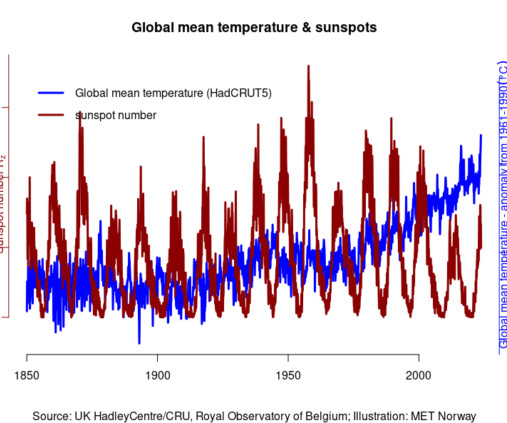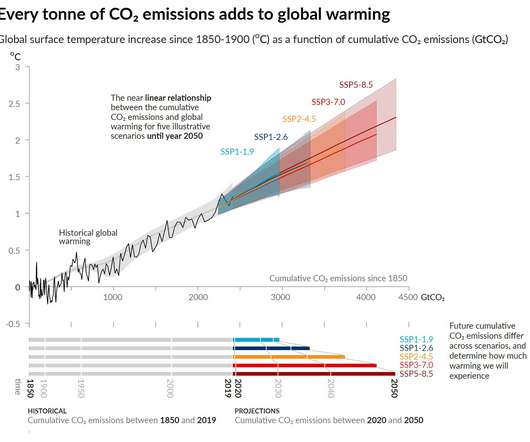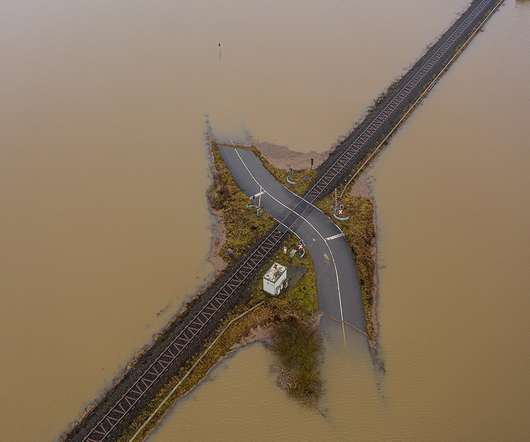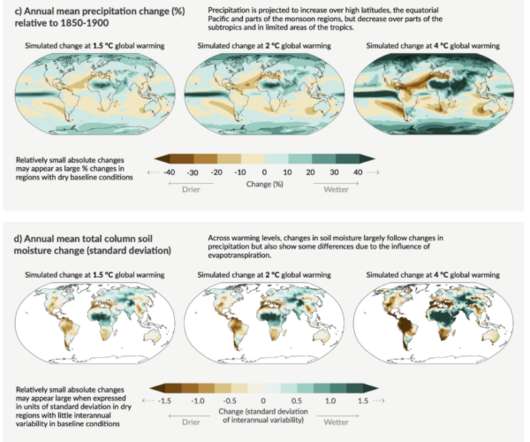A distraction due to errors, misunderstanding and misguided Norwegian statistics
Real Climate
NOVEMBER 11, 2023
A friend asked me if a discussion paper published on Statistics Norway’s website, ‘ To what extent are temperature levels changing due to greenhouse gas emissions? ’, was purposely timed for the next climate summit ( COP28 ). I don’t know the answer to his question. But this discussion paper is problematic for sure.












Let's personalize your content